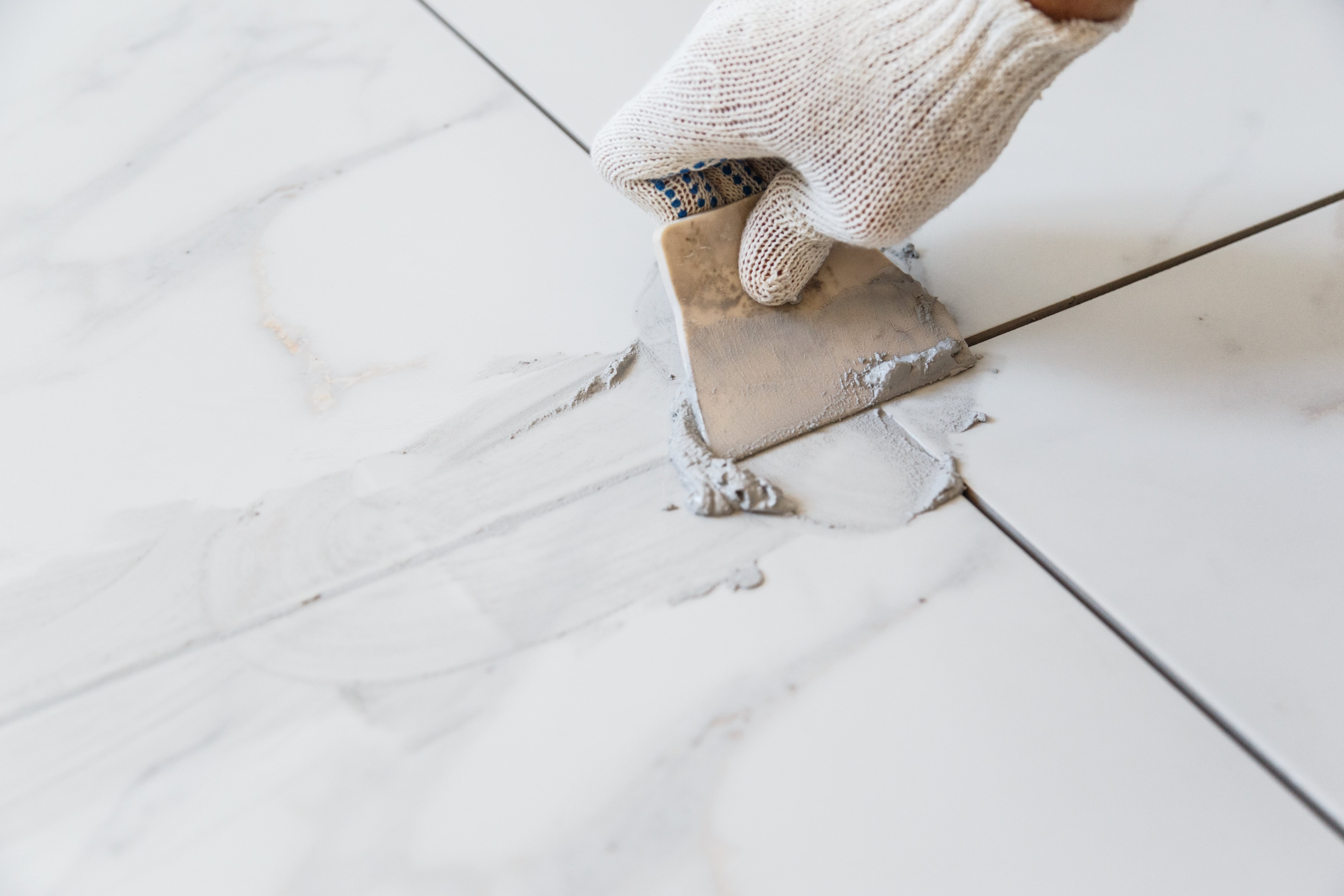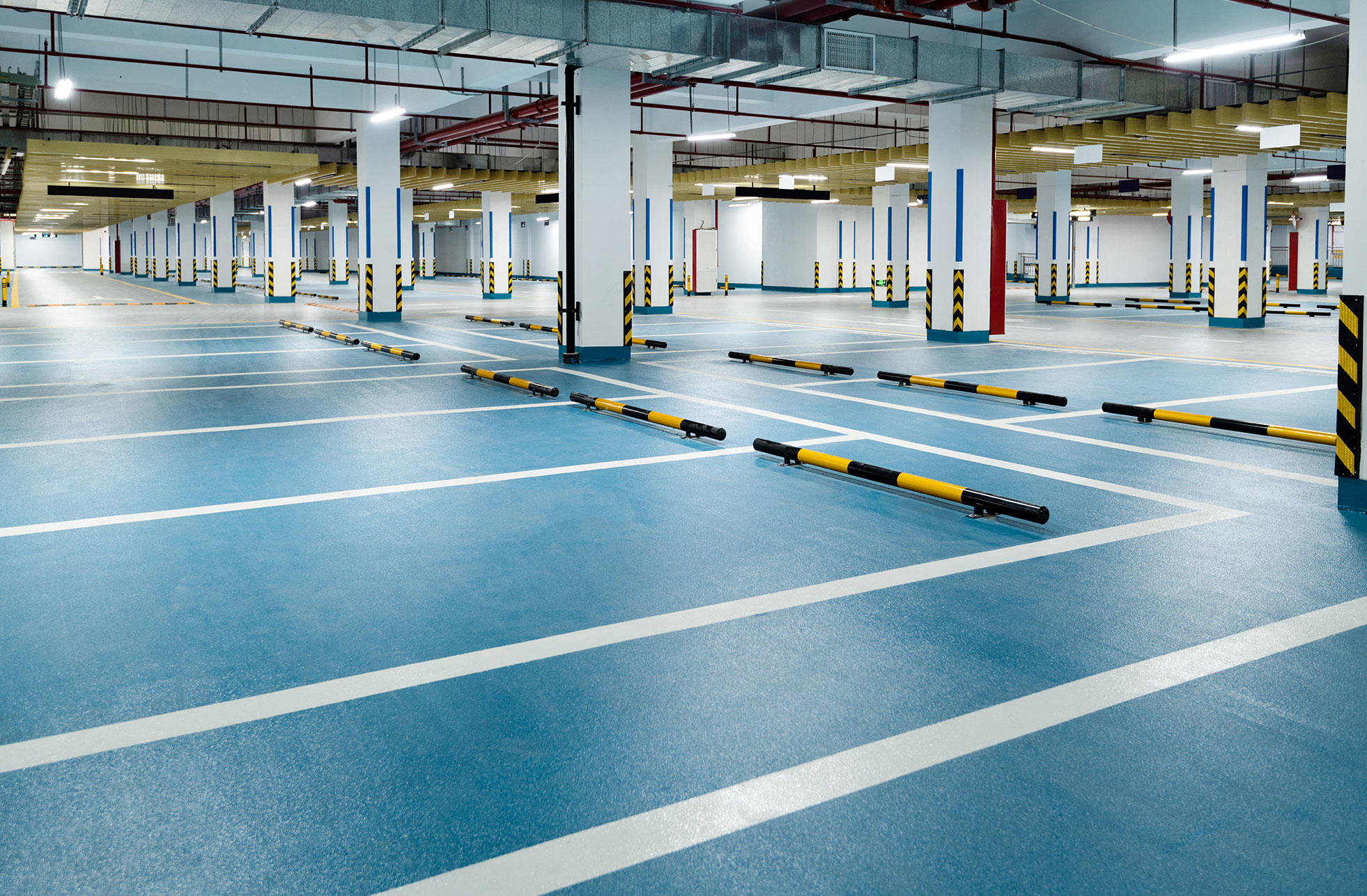
Tile Joint Fillers Explained: Types & How to Choose the Right One
ARDEX ENDURA
20 Jun 2025
04 Min
Choosing the right tile joint filler is as important as choosing the right tiles for your home or commercial space. Getting the right joint filler for your tiles can help improve their lifespan and make them look more attractive. This guide will help you understand the important aspects of tile fillers, their types and how to find the right product for your space.
Importance of Tile Joint Fillers
Waterproofing Integrity:
Grout fills the gaps between tiles, preventing water ingress that can damage substrates and cause mold growth. Using the wrong type can compromise the system.
Mechanical Strength:
Proper grout selection ensures the tiled surface can resist mechanical stresses, such as traffic loads and thermal expansion, without cracking or debonding.
Chemical Resistance:
In areas like bathrooms, kitchens, and industrial floors, grout must withstand cleaning agents, oils, and acids. The correct grout ensures long-term durability.
Aesthetic Consistency:
The right grout maintains consistent color and finish, enhancing the visual appeal of the tiled surface over time, resisting staining and efflorescence.
Compatibility with Tile and Substrate:
Choosing a grout that matches the tile’s material and movement characteristics prevents joint failure and tile damage.
Improves Tile Durability:
Grouting enhances the durability and longevity of your tiles. By filling the gaps between tiles and stones, you can prevent the tiles from getting loose and shifting in their place.
Types of Tile Joint Fillers
Cement-Based Tile Grouts
Cement-based grout is the most common type of wall and floor tile joint filler. It is composed of additives, cement and sand. A combination of these three ingredients provides the tiles with more stability and durability. Manufacturers use cement-based grout for the standard installation of tiles at places where moisture resistance isn’t a concern. For example, Ardex Endura offers Cement Polymer Grout, a waterproof tile joint filler, which is a polymer-modified grout designed for wall and floor tile joints.
Epoxy-Based Tile Grouts
The tile joint filler is composed of epoxy resins and filler powder, making it suitable for moist areas such as bathrooms, kitchens and swimming pools. Go for epoxy grout in areas prone to high moisture and staining.
Ardex Endura's Epoxy Grout is a hygienic, stain-resistant, three-component, epoxy resin-based tile joint filler with a high degree of resistance to chemical attack, abrasion, and impact. It also features Microban antifungal protection, preventing the growth of harmful mold and mildew.
Admixture
Admixtures are additives that are added to concrete or mortar before or at the time of mixing to improve certain characteristics. They are used to improve flexibility, workability, strength, and durability. Admixture also helps control the setting time.
Ardex Endura's Admix GT 1 is a liquid polymer additive designed for use with cement-based grouts to improve their performance.
How to Choose the Right Tile Joint Filler?
Type of Tiles and Joint Width:
Narrow joints (less than 1/8 inch) typically require unsanded grout, while wider joints need sanded grout or epoxy grout for added strength. Porous tiles may also influence grout choice.
Location and Exposure:
For wet areas like bathrooms and kitchens, use water-resistant or epoxy grouts to prevent moisture penetration and staining. Dry or low-traffic areas can use cementitious grouts.
Color and Aesthetic:
Choose a grout color that complements or contrasts with your tiles based on desired visual effect. Consider grout that resists staining and fading over time.
Durability and Maintenance:
Epoxy grouts offer superior chemical and stain resistance with low maintenance but are harder to install. Cementitious grouts are easier to work with but may require sealing.
Flexibility and Movement:
For substrates subject to movement or thermal expansion, flexible grout options help prevent cracking and joint failure.
Application Ease:
Some grouts require specialized mixing or tools; select one compatible with your skill level or hire professionals for complex jobs.
Application Tips for Long-Lasting Tile Joints
Surface Considerations:
Set the adhesive bed before you carry out the grouting. The joints must be clean of adhesive residue, dust or any other residue. In case the joints have some residues, use a light sponge on the tile surface to remove dust and dirt.
Mixing:
Transfer the contents of Part A and Part B to a clean mixing vessel. Keep mixing until you arrive at a uniform consistency. Now, slowly add Part C without disturbing the smooth paste. Immediately pour the whole mixture onto the working area.
Application:
Use a hard rubber grout float to apply Epoxy Grout. Ensure that the joints are filled. The first check should be after 15 to 60 minutes. Check the stiffness of the grout and use a scrubber or damp sponge to clean the surface in circular motions. After 12 to 24 hours, wash the surface with water and soap to remove any epoxy stains.
Cleaning:
When the adhesive has not stiffened, tools and containers can be cleaned using water. The hardened adhesive can be removed from tools mechanically.
To understand the process better, watch the application video of epoxy grout on our Ardex Endura YouTube channel.
Tile Joint Fillers
Choosing the right wall and floor tile joint filler can be challenging, but Ardex Endura simplifies the process with a comprehensive range of high-quality products tailored to various needs. Their offerings ensure both durability and aesthetic appeal, making the selection process straightforward.
Conclusion
Selecting the right joint filler is important to ensure the longevity and appearance of your tiled surfaces. By learning about the different types of tile fillers and considering factors such as moisture levels, joint width and more, you can make the perfect choice of grout for your indoor and outdoor tile installations.




